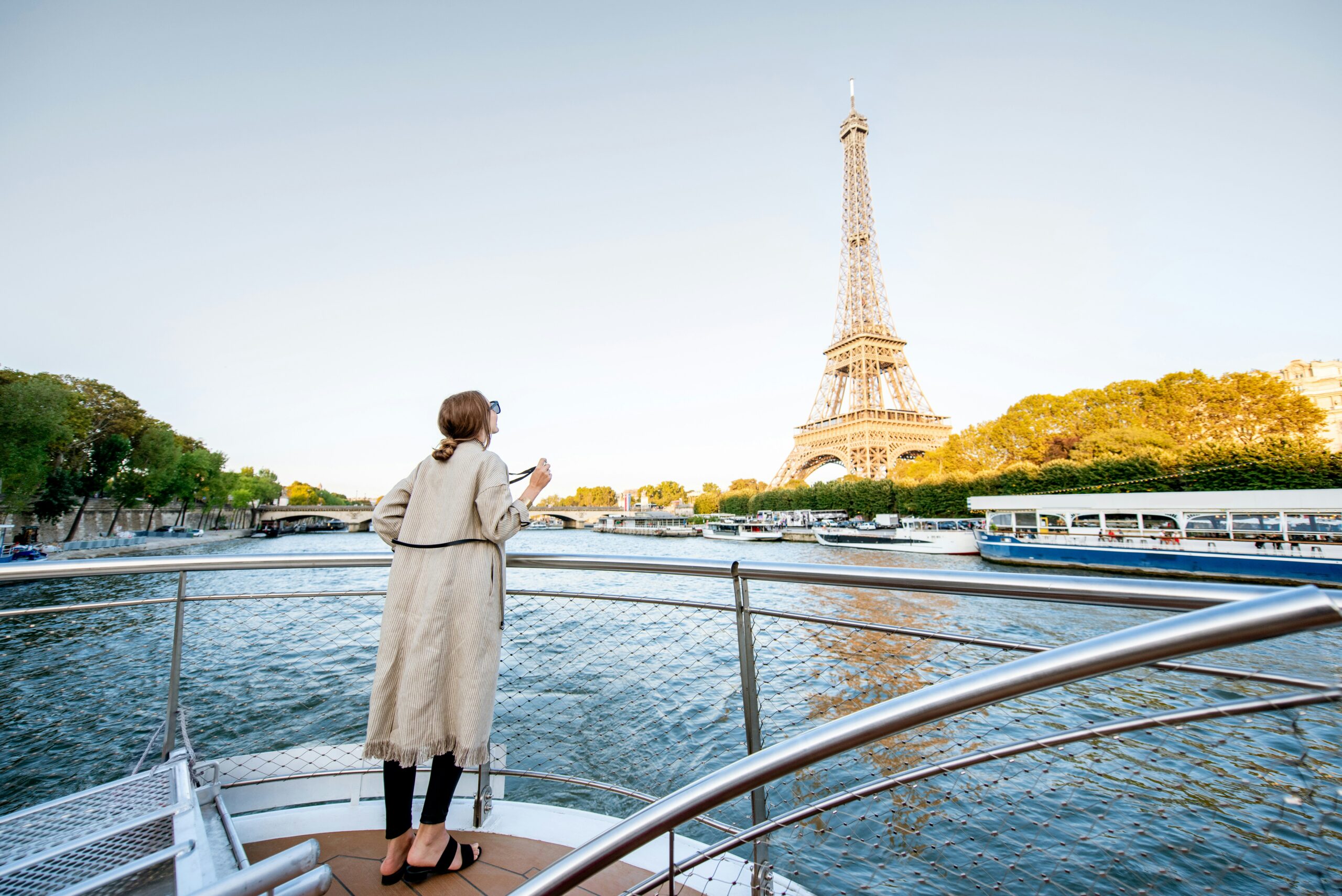
In an increasingly interconnected world, global travel has become an essential catalyst for creativity in various fields, particularly art, architecture, and material selection. As artists and architects explore new landscapes, cultures, and traditions, their work is often profoundly influenced by the diverse environments they encounter. Creativity flourishes through immersion in different regions, ideas, and visual styles, pushing boundaries and creating innovative art and designs.
The Global Influence on Artistic Expression
Art has long reflected the environment and culture in which it is created. However, when artists travel to different parts of the world, they encounter new perspectives that dramatically influence their work. From vibrant street art in Latin America to intricate paintings in Asia, global travel exposes artists to diverse techniques, colors, and forms. By observing these artistic styles firsthand, artists expand their creative horizons and challenge traditional ideas.
Furthermore, travel offers unique opportunities for cultural exchange. Artists often collaborate with local creators, learning new techniques and incorporating elements from different cultures into their practice. This fusion of ideas results in artwork that speaks to a universal language, transcending geographical boundaries and embracing global diversity. As a result, artists enhance their skill sets and bring new insights to their audience, enriching the international art scene.
Architecture as a Canvas for Cultural Integration
Much like art, architecture is deeply rooted in cultural identity and the physical environment. The designs of buildings, bridges, and public spaces reflect a particular region’s values, history, and aesthetic preferences. Global travel allows architects to witness how different cultures incorporate unique environments into their structures. By examining ancient temples in India, modern skyscrapers in Dubai, and eco-friendly homes in Scandinavia, architects are constantly inspired by these diverse architectural forms.
Through this exposure, architects gain new approaches to sustainable design, structural innovation, and aesthetic appeal. For instance, traditional Japanese architecture emphasizes harmony with nature, while contemporary Western architecture often focuses on sleek, functional designs. By integrating global influences into their work, architects create spaces that are not only functional but also culturally and environmentally harmonious. These experiences enable them to design buildings that honor local heritage while embracing cutting-edge technology and modern design principles.
The Role of Material Selection in Global Design Trends
One of the most tangible ways in which travel influences creativity is through material selection. Architects and artists explore different regions and often discover materials unique to the area. For example, designers incorporate bamboo from Southeast Asia, marble from Italy, and stone from the Middle East into various projects, each with distinctive textures, colors, and qualities. People value these materials not only for their aesthetic appeal but also for their historical and cultural significance.
Incorporating such materials into new projects offers a way to celebrate a region’s rich history and traditions while simultaneously blending them into modern designs. Using local materials also aligns with the growing trend of sustainable building practices. By sourcing materials from local regions, architects and artists reduce their carbon footprint and contribute to the preservation of traditional craftsmanship. Whether using reclaimed wood for sculptures or stone for architectural facades, global travel provides an invaluable opportunity for creative professionals to incorporate natural and historical elements into their work.
Innovation Through Cross-Cultural Design Collaboration
The beauty of global travel lies in the exchange of ideas that occurs when diverse cultures collide. Architects, artists, and designers often work across borders, collaborating on international projects that blend multiple cultural influences. This cross-pollination of ideas results in innovative designs and artworks that merge different traditions, styles, and techniques. For example, the Bauhaus School in Germany significantly influenced the modernist architectural movement, while Eastern philosophies and styles have contributed to sustainable architecture worldwide.
When traveling, artists and architects frequently immerse themselves in the local community, learning the techniques and philosophies that shape their creative practices. These collaborations often give rise to fresh perspectives and approaches that might not have been possible without the diverse influence of different cultures. The exchange fosters unity by allowing people to freely share ideas and creativity, resulting in new artistic expressions born from this collective input.
The Future of Art and Architecture in a Globalized World
As travel continues to be a prominent force in creativity, the future of art and architecture promises even more fusion and innovation. The world is becoming more accessible, and as cultures and ideas intertwine, the boundaries between artistic fields continue to blur. Architects and artists alike will continue to push the envelope, drawing inspiration from global travel to create work that is meaningful and reflective of a shared human experience.
As technology evolves, virtual travel and digital collaboration open new possibilities for creative exploration. Through digital platforms, artists and architects can exchange ideas and collaborate with international peers without ever leaving their home country. This further expands the influence of global travel on creativity, making the world of art and design even more interconnected and dynamic.
Global travel is an invaluable source of inspiration for artists, architects, and designers alike. The exchange of ideas, exploration of diverse materials, and immersion in unique cultural traditions allow for developing innovative and meaningful creative works. As the world connects in new ways, art, architecture, and material selection will continue to evolve, reflecting the richness of human experience and the infinite possibilities of cross-cultural collaboration.